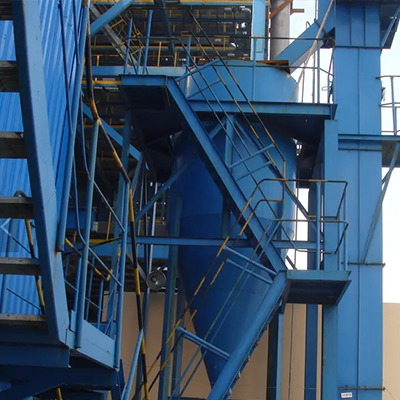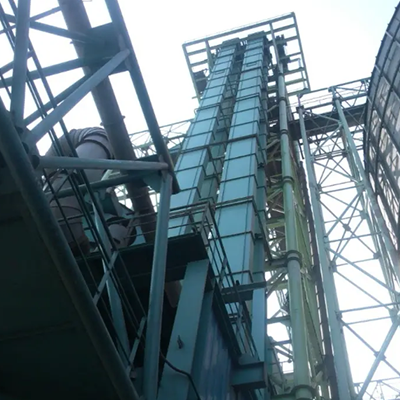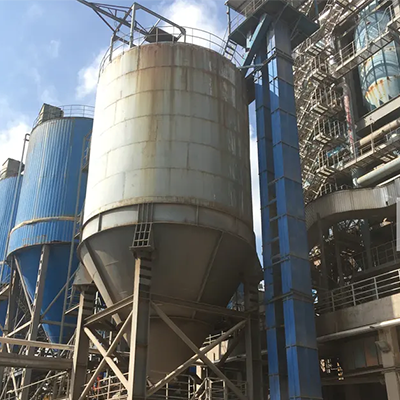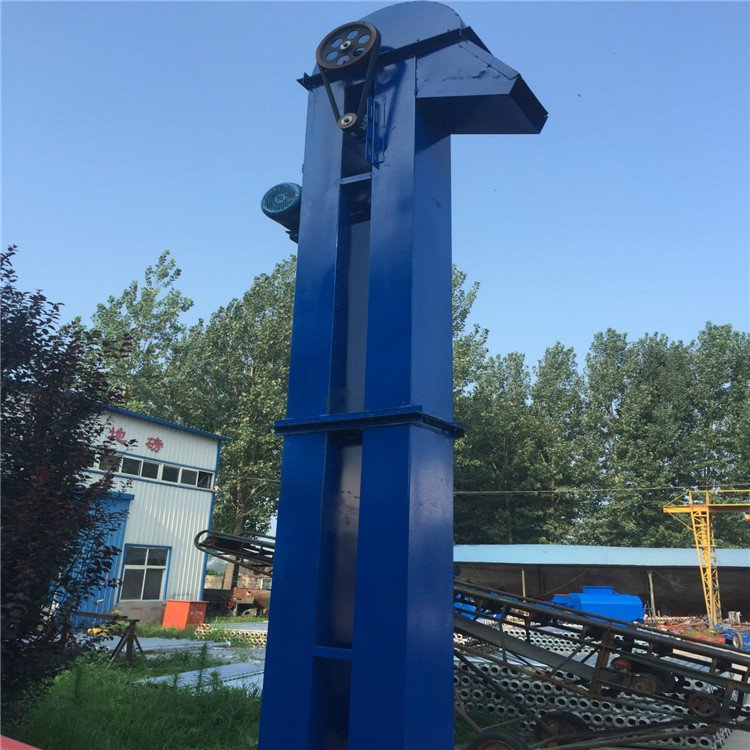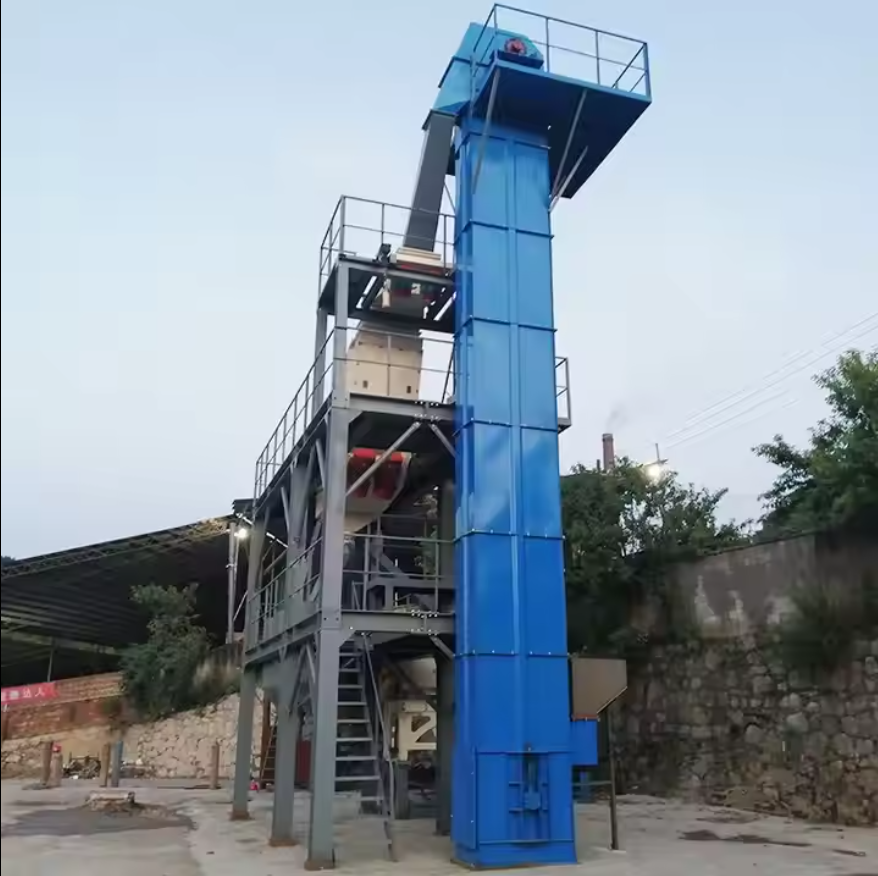
Bulk Material Handling Equipment & Systems
Bulk Material Handling Equipment & Systems refer to machines and mechanisms designed to transport, store, and manage large quantities of bulk materials efficiently. These systems play a crucial role in industries such as agriculture, mining, cement production, power generation, waste management, and more, ensuring streamlined operations, cost efficiency, and improved safety.
Types of Bulk Material Handling Equipment
- Conveyors:
- Belt Conveyors: For horizontal or inclined transport of loose materials (grains, sand, coal, etc.).
- Screw Conveyors: Used for semi-solid or powdered materials like cement, fly ash, or food products.
- Bucket Elevators: Vertical lifting of bulk materials into silos or hoppers.
- Drag Chain Conveyors: For abrasive, heavy, or hot materials like clinker or ash.
- Pneumatic Conveyors: Transport fine powders and granules using air pressure or vacuum.
- Storage Systems:
- Silos and Hoppers: Store large volumes of material in controlled conditions.
- Bins and Storage Tanks: For short-term storage of materials like grains or powders.
- Feeders:
- Vibratory Feeders: Precisely deliver material at controlled rates.
- Rotary Feeders: Handle powdery materials like cement or flour.
- Apron Feeders: Ideal for heavy, coarse, or hot materials.
- Stackers and Reclaimers:
- Used for creating and retrieving material stockpiles in industries like mining or power plants.
- Cranes and Hoists:
- Handle large or irregularly shaped bulk materials in construction and heavy industries.
- Loaders and Unloaders:
- Systems for efficiently loading or unloading trucks, trains, ships, or silos.
- Examples include screw unloaders, bucket loaders, and pneumatic loaders.
- Dust Control Systems:
- Enclosures, baghouses, or misting systems to minimize dust emissions during handling.
Systems for Bulk Material Handling
- Conveyor Systems:
- Integrate different types of conveyors for moving materials seamlessly through facilities.
- Pneumatic Transport Systems:
- Ideal for transporting lightweight materials over long distances through pipes.
- Storage and Retrieval Systems:
- Include silos, bins, and automated systems for managing large inventories.
- Blending and Mixing Systems:
- Used to homogenize bulk materials for industries like food, cement, or chemicals.
- Weighing and Batching Systems:
- Automates precise material measurement for mixing or packaging operations.
- Automated Bulk Material Handling:
- Incorporates robotics, conveyor controls, and sensors for efficiency and safety.
Applications of Bulk Material Handling Systems
- Agriculture:
- Grain storage, transport, and processing.
- Mining:
- Moving ores, minerals, and coal from extraction points to processing plants.
- Cement and Construction:
- Transport and storage of raw materials like limestone, sand, and cement.
- Power Plants:
- Handling coal, fly ash, and bottom ash for energy production.
- Waste-to-Energy:
- Conveying, sorting, and disposing of ash, slag, and other by-products.
- Chemical Industry:
- Managing powders, granules, and liquids in production processes.
Advantages of Bulk Material Handling Systems
- Increased Efficiency:
- Reduces manual labor and increases throughput.
- Scalability:
- Systems can be tailored to handle varying capacities.
- Cost-Effective:
- Reduces handling and storage costs.
- Enhanced Safety:
- Minimizes risks associated with manual material handling.
- Environmental Compliance:
- Dust control and enclosed systems reduce pollution.
Key Design Considerations
- Material Properties:
- Consider material flowability, abrasiveness, moisture content, and particle size.
- System Throughput:
- Match system design to required tons/hour or volume.
- Environmental Factors:
- Account for temperature, humidity, and corrosive conditions.
- Energy Efficiency:
- Optimize systems to reduce energy consumption.
- Integration:
- Ensure seamless operation between different equipment in the system.
Optional Features and Innovations
- Variable Speed Drives (VSD):
- Allows flexible speed control for conveyor and feeder systems.
- Condition Monitoring Systems:
- Real-time data collection for predictive maintenance.
- Automation and Robotics:
- Reduces human intervention, improving speed and accuracy.
- Wear Liners and Coatings:
- Protect equipment handling abrasive materials.
- Modular Design:
- Simplifies assembly, scalability, and future upgrades.
Would you like more detailed information about a specific type of bulk material handling system, or do you have a project in mind that requires tailored recommendations? Let me know!
Write your message here and send it to us








